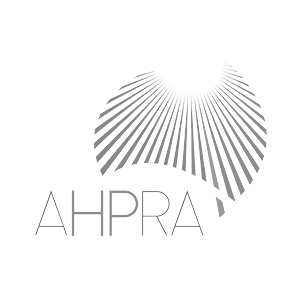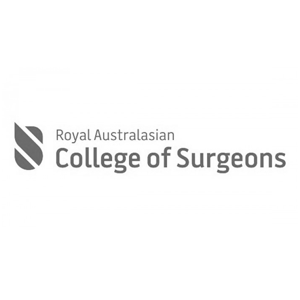
Symptoms of Reflux
Gatro-oesophageal Reflux Disease (GORD) most commonly describes the symptoms of heartburn (burning sensation rising up into the chest) or volume reflux (water or acid coming up into the mouth).
Heartburn is often related to specific triggers such as tomatoes, chilli pepper, spices, fatty meals, alcohol and coffee. Heartburn can also occur after eating a large meal or eating rapidly, unfortunately some patients can experience these unpleasant symptoms at random times with no specific triggers. Severe heartburn can lead to inflammation of the oesophagus causing difficulty swallowing (dysphagia) or pain on swallowing (odynophagia).
Volume reflux is often related to physical positions such as bending over or lying flat and is more indicative of the presence of a hiatus hernia. A large hiatus hernia can also cause shortness of breath and rapid heart rate as it compresses the heart and lungs. Patients with hiatus hernia may feel fatigued as small ulcers can develop on the inside of the stomach leading to low grade chronic blood loss.
Indications for surgery
- To get off long term medication
- Worsening symptoms that are no longer controlled by medication
- Volume reflux
- Proven complications: inflammation, ulceration, bleeding, scarring
- The gastro-oesophageal junction (GOJ) is no longer maintained in the abdominal cavity and temporarily migrates into the chest. These are often asymptomatic in the early stages but as the hiatus increases in size GORD will develop.
- When the GOJ is anchored at its normal location but the fundus (top of the stomach) rolls up into the chest through the hiatal defect. The fundus now sits above the GOJ which is an abnormal arrangement. Hiatal hernia types II and III are referred to as para-oesophageal hernias.
- Mixed hiatus hernia, that is, the GOJ and the fundus have now both migrated into the chest. When more than 30% of the stomach has herniated into the chest, the term giant para-oesophageal hernia is used to describe the condition. When nearly all of the stomach is within the chest, the term intrathoracic stomach is used.
- When other organs such as the colon or pancreas are present in the chest in addition to the stomach.
Apart from routine blood tests, gastroscopy and imaging is required in most cases. Some patients may require a short period of liver shrink diet using Very Low Calorie Diet (VLCD) shakes.
Gastroscopy allows visualization of the lining of your oesophagus and stomach primarily to rule out other diseases and to assess the severity of any complications caused by reflux such as- inflammation, ulceration, swelling and scarring. As GORD is a risk factor for adenocarcinoma photographs and biopsies will be taken of any lesions encountered and an ongoing surveillance program may be recommended.
While gastroscopy allows accurate assessment of the lining of the oeosphagus, imaging such as contast swallow and CT scan can assess the relationship with surrounding anatomy such as diaphragm, heart and lungs. The size and position of a hiatus hernia is better characterized to allow pre-operative planning. Again, strictures related to chronic inflammation may be identified and narrowings related to the muscular function may also be seen.
Some patients with atypical symptoms of GORD or symptoms that have never responded to routine medication may require oesophageal manometry (pressure studies) and pH studies as part of their pre-operative work-up.
- Under general anaesthesia 5 key-hole incisions are made in the upper abdomen
- Important anatomical landmarks are identified and the liver retracted away from the hiatus
- A dissection is performed to clear the hiatus of surrounding tissue
- Further dissection is performed through the hiatus up into the chest cavity to mobilise the oesophagus and stomach
- The hernia sac and stomach are pulled back down into the abdominal cavity, the hernia sac is divided and removed
- The hiatal defect is repaired with sutures and absorbable mesh
- The fundus (top) of the stomach is wrapped around the oesophagus and sutured to the hiatus to greatly reduce the risk of recurrence
- Hospital stay is 3 nights
- Free fluids diet during hospital stay, puree diet for 2 weeks once home
- You will be sent home with a script for pain relief medication
- Follow-up appointment with dietician and Dr Boccola at 2 weeks to check wounds and discuss progression of diet to solids
- Mobilising from day 1 of surgery, walking is encouraged to avoid deep vein thrombosis (DVT), no vigorous exercise for 4 weeks, no heavy lifting for 6 weeks
- Most patients require 1-2 weeks off work to recover. If you have a physical job 3-4 weeks may be necessary





